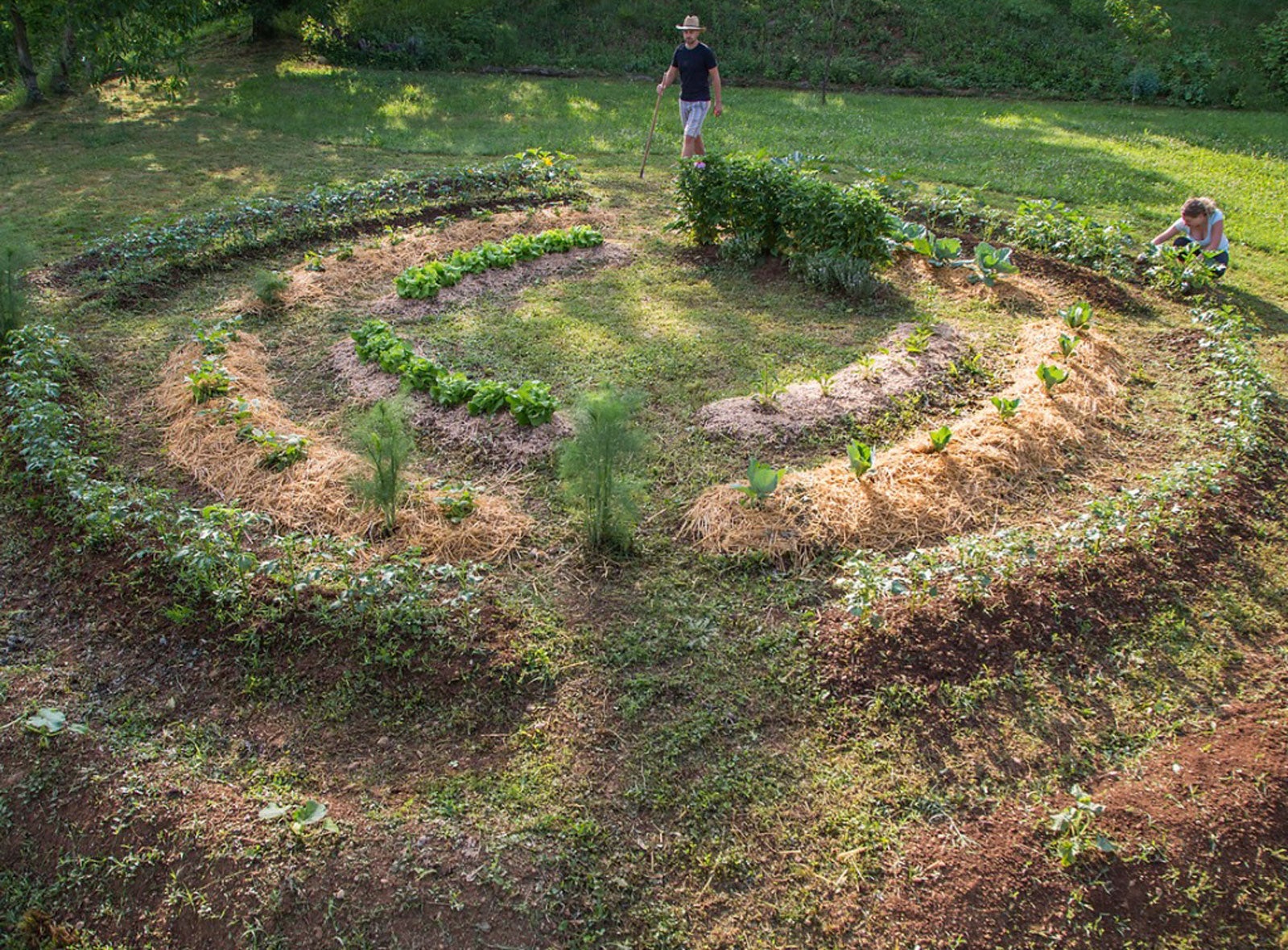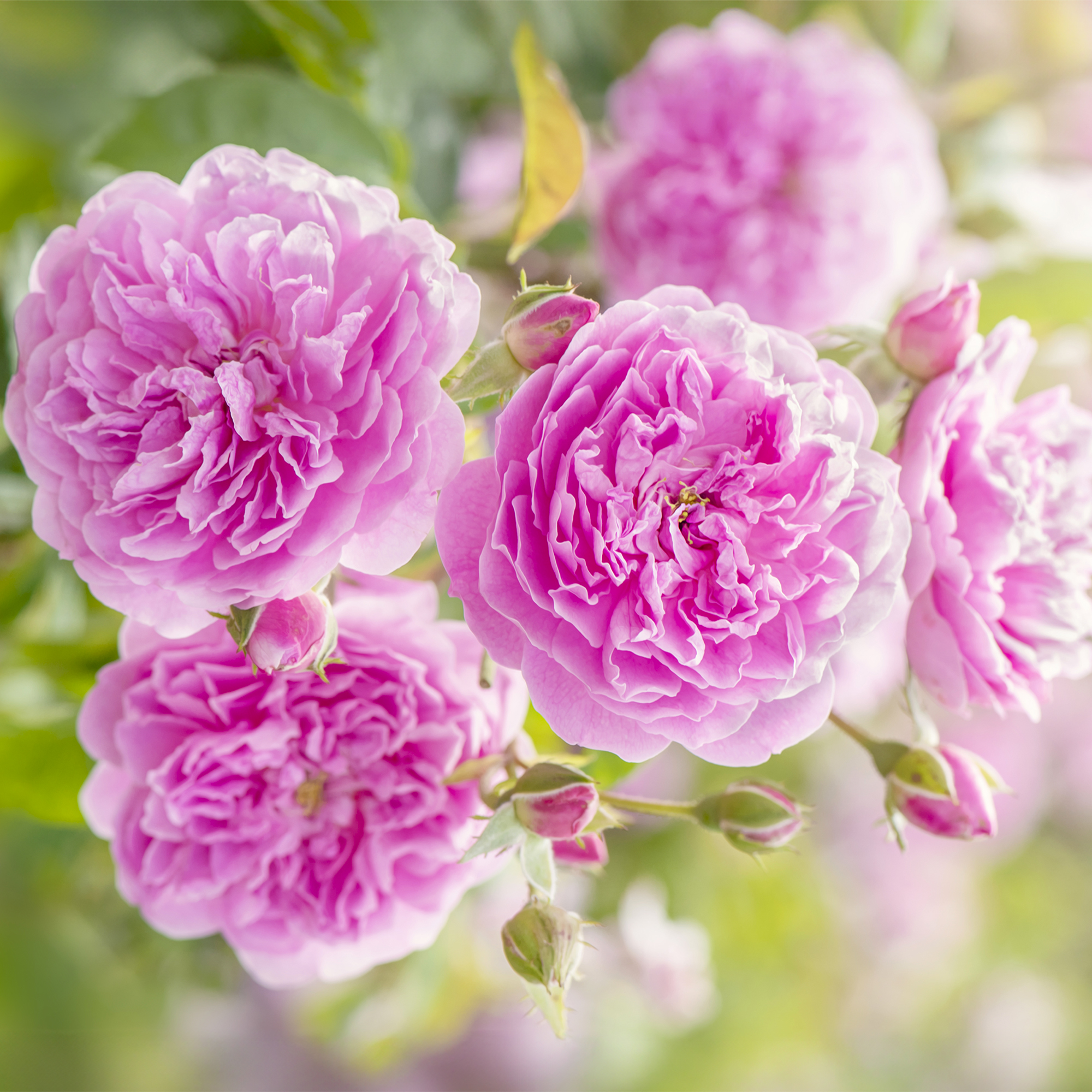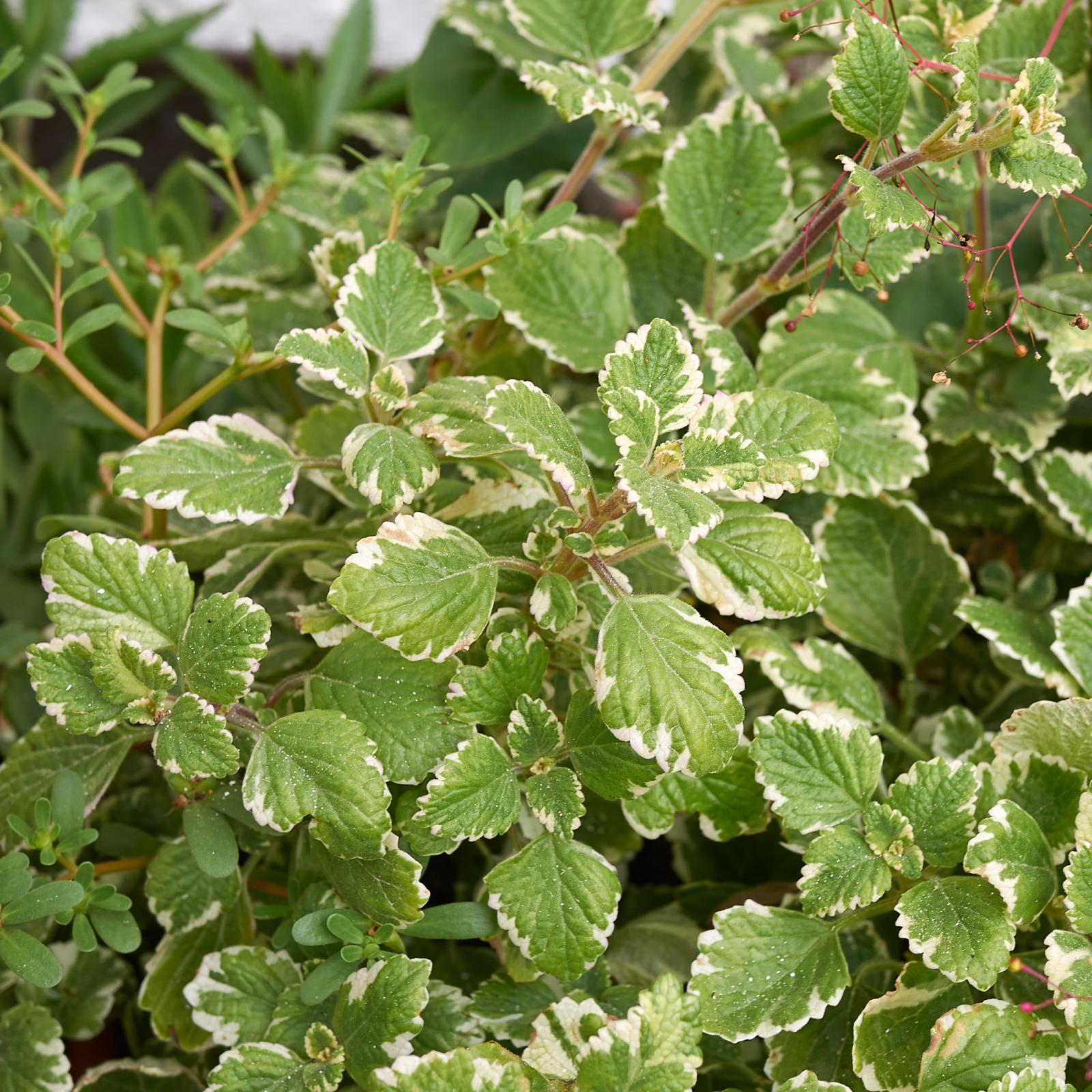What Is A Permaculture Garden? The Essence Of Permaculture Gardening
Permaculture combines the best of wildlife gardening, edible landscaping, and native plants into one low-maintenance, productive ecosystem. Learn more here.


Permaculture gardens use techniques and practices that combine the best of wildlife gardening, edible landscaping, and native-plant cultivation into one low-maintenance, self-contained and productive ecosystem. Let's learn more about the essence of permaculture gardening.
Why Use Permaculture?
Permaculture gardens serve many functions. Rather than limit the garden to only one use, permaculture gardens employ a variety of uses. A permaculture garden provides food and medicinal crops, wildlife habitats, crafting materials, an attractive appearance, and a private, relaxing atmosphere throughout every season.
These types of gardens produce food by using a variety of vegetables, herbs, fruits, and flowers. Flowers are not only grown for their edible or medicinal properties but also for use as cut flowers for beautiful bouquets or dried out for additional longer-lasting displays, and numerous plant materials are used for crafts as well.
Permaculture gardens welcome wildlife and are often used as quiet sanctuaries for meditating and/or exercise too.
What is a Permaculture Garden?
Permaculture gardens are self-sustaining. Some of the gardening and recycling methods that are common to permaculture include:
Edible gardening & companion planting - Edible gardening practices are commonplace. Vegetables, herbs, edible flowers, small fruit-bearing trees, and companion plantings are commonly grown together. The closest plants are those that get used on a regular basis or those requiring higher maintenance. Greenhouses can be used year round for growing a variety of plants as well.
Raised beds & Vertical gardening techniques - Permaculture gardens are usually quite small in size; however, every piece of available space is used. Raised beds are a commonplace with a permaculture garden, filled with an assortment of plants. Raised beds take up little room, are more easily accessible, drain easily and are attractive. Vertical gardening practices are often used. These include growing plants on trellises and in hanging baskets.
Gardening tips, videos, info and more delivered right to your inbox!
Sign up for the Gardening Know How newsletter today and receive a free copy of our e-book "How to Grow Delicious Tomatoes".
Keyhole gardening - Creative patterns in the permaculture garden define edges and increase productivity. One of these designs includes the keyhole garden. Not only is it beautiful, but it is extremely productive. It can easily be adapted to the specific needs of the gardener.
The beds in this garden are normally horseshoe shaped and are sized so that they are easily accessible in all areas. The beds can be situated near the home for quick access or along a well-traversed path. There are different ways to construct a keyhole garden.
Generally, raised beds are preferred and well-suited for perennial plants, which are also commonly favored. Because of the fact that most perennials have deeper root systems and can, therefore, tap into the moisture and minerals needed from deep beneath the ground, these plants do not require as much water or fertilizer as other plants, such as annuals.
Also, perennials are usually around throughout the year, offering shelter to wildlife. Keyhole gardens can also be designed in a circle, with the center housing a variety of herbs and perennials. The center can also include a small tree or shrub, and if space permits, a small pond or other water feature may be added.
Sheet mulching - Sheet mulching (such as lasagna gardening) is another alternative, especially for annual plantings. Rather than tilling up the soil, a weed barrier such as wet newspaper or cardboard is applied to the area. These will eventually breakdown over time, allowing both water and plant roots to enter the soil. It also helps to enrich the soil.
Another layer of straw, or other suitable organic mulch, is then put down to define the keyhole's path. Around its outer edges, a layer of compost and soil is applied for plantings. This will then be covered with additional straw to help retain moisture.
Soil & Composting - Soil is always important and great care is given to this in a permaculture garden. Worms are essential in permaculture gardens. They help keep soil loose and healthy. A good soil structure consists of a large population of earthworms and a natural balance of beneficial insects. Compost piles are another important element in permaculture gardens. All materials for fertilizing and mulching are produced within the permaculture garden.
Benefits of Permaculture Gardening
Nothing within the permaculture garden should ever be wasted. Garden waste is used for composting, which in turn, is used for soil amendment and fertilizer. Water is also an important element with permaculture gardens. Not only does water keep the soil and plants hydrated, but it is also used to attract wildlife to the permaculture garden.
Many permaculture gardens even implement recycling practices for watering. For instance, rain barrels are often used to catch rainwater coming from the gutter downspout. This not only saves on water but is especially good for the garden as rainwater is loaded with nutrients. There is no need for pesticides in a permaculture garden.
Water features often encourage beneficial insects, birds, frogs, and other small wildlife creatures, and many of these will feed on pests in the permaculture garden. Companion plantings also help keep insect and other pest problems to a minimum.
Permaculture gardens require less maintenance. Once a permaculture garden has established itself, you do nothing but water and harvest crops or add occasional mulch. Permaculture simply refers to a garden that can essentially take care of itself.
Each plant in a permaculture garden has a specific purpose. Some are used solely for food and others for medicine. Some are planted to attract beneficial insects, while others are planted to deter pests.
Then there are those that are strictly planted for improving the soil, and those that simply boost the permaculture garden's beauty. There's no better way to enjoy and benefit from all that nature has to offer than in a permaculture garden.

Nikki Tilley has been gardening for nearly three decades. The former Senior Editor and Archivist of Gardening Know How, Nikki has also authored six gardening books.
-
 How Much Sun Do Roses Need To Grow? Understanding Rose Light Requirements
How Much Sun Do Roses Need To Grow? Understanding Rose Light RequirementsDiscover how much sunlight your roses really need to grow strong, bloom beautifully, and stay healthy all season long.
-
 Which Ivy Is Best For A Garden? 7 Varieties Of Ivy To Grow (And 2 To Avoid)
Which Ivy Is Best For A Garden? 7 Varieties Of Ivy To Grow (And 2 To Avoid)Lots of varieties of ivy can complement your garden, provide groundcover, or create a private oasis, but which is best? Explore our top picks for beautiful ivy.